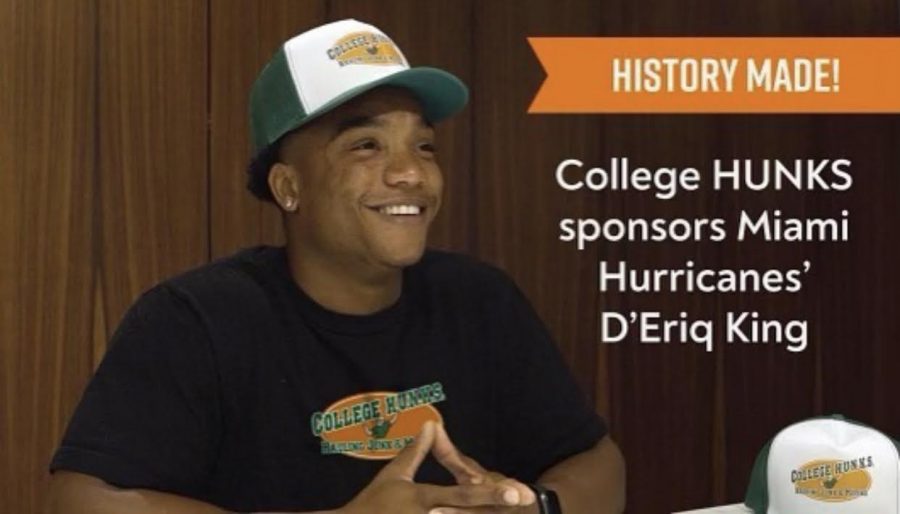Play For Pay…Or, Fame For Pay?
November 17, 2021
Let the cash fly!
For years now, the debate on whether college athletes should be able to receive financial compensation beyond scholarship money has grown to be a controversial topic. No matter which side of the debate, it’s been all the buzz lately on all the sports-based “lanes.” Like it or not, it’s now being put into practice.
The talks tend to consist of discussions on whether college athletes should be able to use their name to promote brand deals, or receive money directly into their pockets or into scholarships. Max Malloy, an Elkhart freshman, says this: “I think college athletes should get paid for their abilities, especially when playing college sports at those schools that already make so much money off them.”
Malloy points to the evident rise in college sports attention from 2005-2015 which can be viewed through a financial lens. According to Aspen Institute, “In 2015, the 53 public schools from the five major conferences paid their football coaching staff (530 individuals) a combined $405.5 million, compared to $179.8 million in scholarships to their football players (4,979 individuals).”
When comparing the amount of money in scholarships-to-players, if split evenly between all individuals, each player would be receiving $36,112 in scholarship money. For coaches, it would equate to $765,094. After years of consideration, the NCAA finally allowed words to be turned into actions. As of July 1, the NCAA enacted a temporary policy at all three divisions, allowing players to get paid for their name, image, and likeness.
This policy allows college athletes and recruits to be paid for endorsement deals, autograph signings, and personal appearances–as long as they are lawful under the state the school is located in. However, if plans advance and colleges begin providing salaries for athletes, it could be detrimental.
“I think the change will affect college sports, though,” Malloy states skeptically, “because it could influence where players go based on fan-bases and their chance to make the most money.” Inside Higher Ed expounds upon Malloy’s fear: “Less obvious is that with player payroll expenses, even many of the high-profile, commercially successful college sports programs will face unexpected consequences that will strain their annual operating budgets.”
One example of college athletes who are moving right into this policy are University of Miami quarterback D’Eriq King and defensive end Bubba Bolden. Both are getting right to work after the temporary policy was passed that allowed them to get endorsement deals and help promote businesses. King and Bolden have come to an agreement with “College Hunks Hauling Junk” on deals worth a reported $20,000 to promote this Florida-based moving company on social media. However, the question still leads on whether this will affect the game or not.
With many programs already in a state of debt, there could be large—or much larger-than-expected—consequences, resulting from less-specified, or more-ambiguous, aspects of this policy. So, the leading question remains: Should the “play to pay” policy be backed? Or, could agreeing with a decision like this have eventual, highly disastrous consequences?








